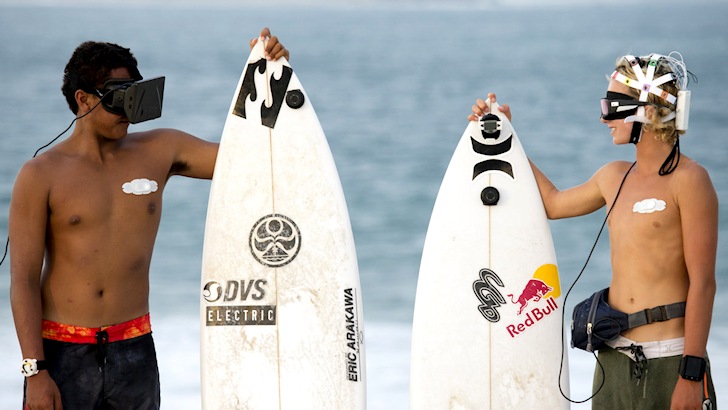How far are you willing to go to become a better surfer? The Red Bull Surf Science project aims to improve surfers' performance with contemporary and groundbreaking technology.
Jake Marshall and Josh Moniz have traveled with a group of scientists to Mexico with a very clear goal - to get gadgets improving surfing skills.
Injecting science into surfing is nothing new. Science exists in several elements of surfing, including wave mechanics, swell models, weather patterns, athlete performance, and a long list of other areas.
"Technology is another tool that you can use in a series of things you do. The tribal knowledge, the experiential knowledge, the gut feelings, the collaboration between surfers and coaches will always come first. But having this data allows you to monitor progress, and correct any necessary changes," explains Brandon Larson, from the Red Bull High Performance team.
The group run a total of seven tests: Video Watch, Drone (Air Dog), Motion-Capture Sensor (Notch), Surf Session Tracker (Trace), Pressure Sensing Booties (PPS), Eye Tracking Glasses (SMI), and Waterproof EEG.
Surfers and scientists reached several conclusions: live video analysis will allow instant surf coach feedback; paddling performance can be significantly improved; GPS and axis sensors will fine tune the surfers' body language, and pressure sensors will improve speed, cutbacks, and airs.
The group also understood how eye tracking glasses can capture what Jake and Josh focused on while surfing. Finally, the waterproof electroencephalogram will help understand the surfer's mind in the long run. Are they relaxed or extremely tense during a heat? This is pure surf science.
